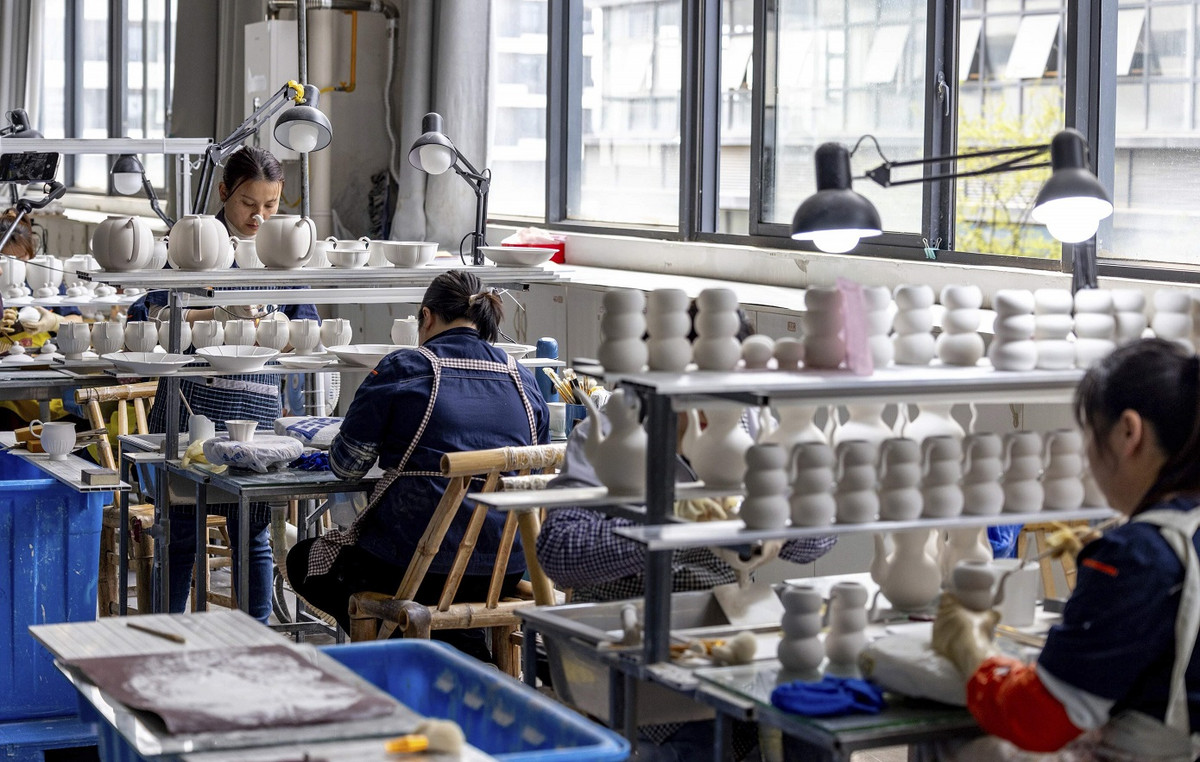As one of the most famous smartphone makers in the world, Xiaomi can’t help but draw attention – without much exaggeration, the company has deservedly captured the budget and mid-range segments and is a favorite brand for most. But as is the case with the products of other corporations, Xiaomi smartphones have controversial features, which in some cases can even be called shortcomings. Profile portal Xiaomiui named the seven most prominent of them.
1. The life cycle of smartphones is too short
The lifecycle is the period of time during which a device receives updates. Xiaomi produces a lot of gadgets, and it is impossible to support them all for a long time – this is the main problem of the company and its devices. If for budget Redmi and Poco one year of support is perceived as relatively normal, then in the case of flagship models, things are worse.
In order not to delve too deeply into history, just look at recent news: the flagship Mi 9 series from Xiaomi, released in 2019 with Android 9 “on board”, is now based on Android 11 and will not receive an update to the next “green robot”. At the same time, Samsung’s Galaxy S10 smartphones, announced in the same 2019 and also shipped with Android 9, are receiving the latest One UI 4.1 firmware, the second one based on Android 12.
2. Problematic or Too Late Updates
Another problem is also related to updates, but this time with the fact that they either come out unfinished or become available too late. The most illustrative example is the Mi A series, which was released without the MIUI shell under the Android One program (and implied a quick release of system updates). Both Android 10 and Android 11 took too long to release for the Mi A3 smartphone, and the constant issues that caused the firmware to be recalled repeatedly only increased this period.
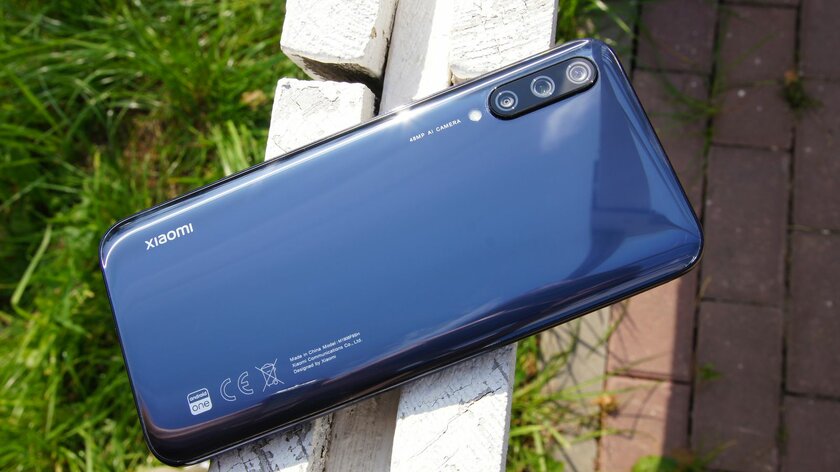
From recent events, we can recall the problematic MIUI 13 for the flagship Mi 11 series – the firmware led to overheating, freezing of the interface and other misunderstandings, which is why the manufacturer had to withdraw it. This is unacceptable for a stable system (and not some beta versions) and this is clearly not the user experience that buyers of expensive flagship models were counting on.
3. Releasing the same smartphone under different names
Xiaomi started releasing its devices under different names a few years ago, but in the early stages it was not perceived badly. The company simply re-released existing smartphones, but under the Android One program (that is, without MIUI firmware): Mi A1 was released as an alternative for Mi 5X, Mi A2 and Mi A2 Lite – for Mi 6X and Redmi 6 Pro, respectively. But now the corporation is clearly abusing it.
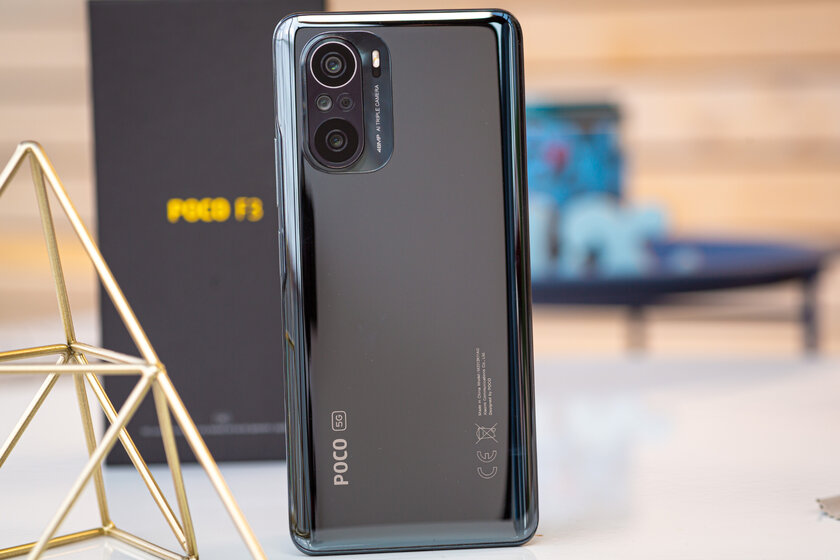
Take at least the Poco F3 – an excellent smartphone with good hardware and adequate cost. Just a month after its announcement, in April 2021, Mi 11X was released, and at the end of February 2022, Redmi K40 appeared – all these models look the same and are equipped identically. To put it bluntly, this is the same smartphone, just re-released under different sub-brands. By and large, they are all intended for sale in different markets, and if you buy models only on the Xiaomi website, then there will be no confusion. But these are not the gadgets that are popular only in official sales channels, and in fact, buyers (and reviewers with journalists) are confused.
4. Mediocre front camera
If you do not take into account a few premium flagships, Xiaomi absolutely does not pay attention to the front camera in their smartphones – and it’s not even about the quality of the pictures, but it’s corny about the possibilities. Most high-end models from the Chinese manufacturer can only record selfie videos at 1080p, and not even at 60fps. Obviously, the manufacturer chooses a conditional processor instead of a front camera, prioritizing the design of the device. But in the case of Redmi devices, things are even worse: most models of this sub-brand can only record frontal video at 720p – even YouTube no longer puts an HD label on this resolution.
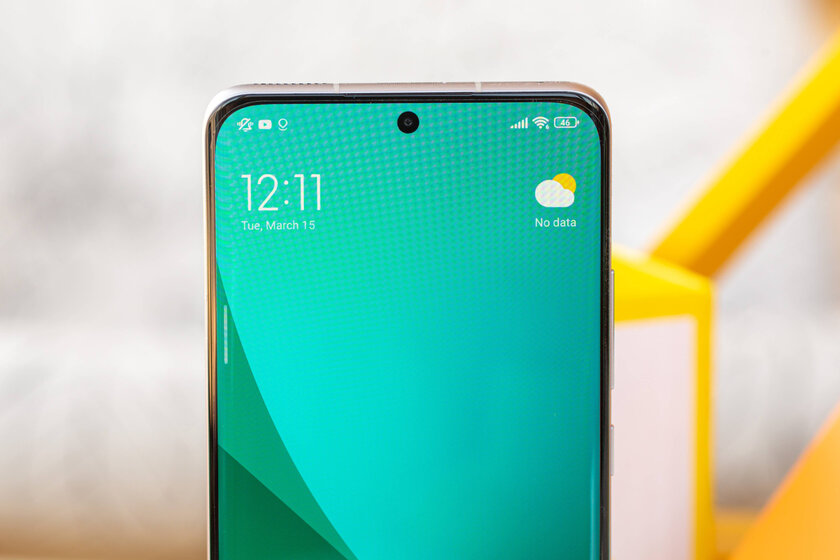
Competitors act differently, at least in expensive models. Compared to the same Samsung, its flagship Galaxy S10 from 2019 supports front-facing shooting at 2160p at 30 fps. At the same time, the selfie camera of the latest Xiaomi 12 Pro is limited to recording only in 1080p@60.
5. Artificial limitations of the “Camera”
Developing the topic of cameras, one cannot fail to mention the different features of the Camera app on the same smartphones. Remember the Poco F3 clones described above. With the Redmi K40, you are likely to get fewer features in the built-in camera program than the owners of the Mi 11X, a smartphone from the “main line”. Although the models are identical, they just released more software features for one of them – more precisely, for the second they were artificially held back.
6. Different firmware for the same devices
If you delve into the artificial differences between the same smartphones, an inexplicable fact will sooner or later come out: the shells of Mi, Redmi and Poco are different. Smartphones can run the same firmware based on the same Android, but in reality the shells will differ – users report different speed and smoothness of animations, different power consumption, different performance and not the same list of settings. This can be clearly seen in the example of the twins described above: Poco F3, Redmi K40 and Mi 11X.
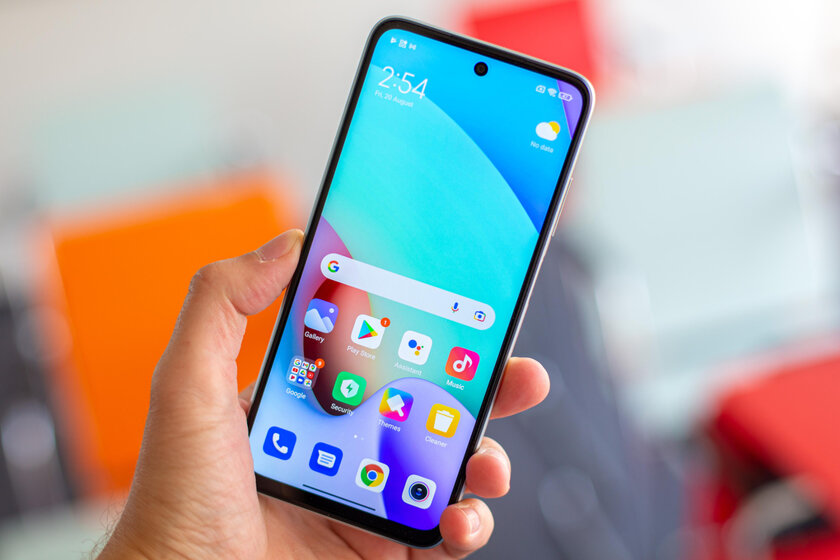
If in the case of Poco gadgets, this can still be somehow attributed to the fact that the sub-brand devices work on the basis of a “special” version of MIUI (it even has the prefix “for POCO”), then the differences between the firmware for Mi and Redmi on the example of the same smartphones can only be explained by artificial deterioration – of course, not in favor of the cheaper Poco F3.
7. Global MIUI is worse than the Chinese version of the firmware
To explain the situation briefly, imagine that the Chinese MIUI is the original, and the MIUI for the global market is a copy, albeit of high quality. In practice, the global MIUI has many errors and shortcomings that are visible to the naked eye. And the fact is that the lion’s share of them is not in the Chinese version of MIUI.
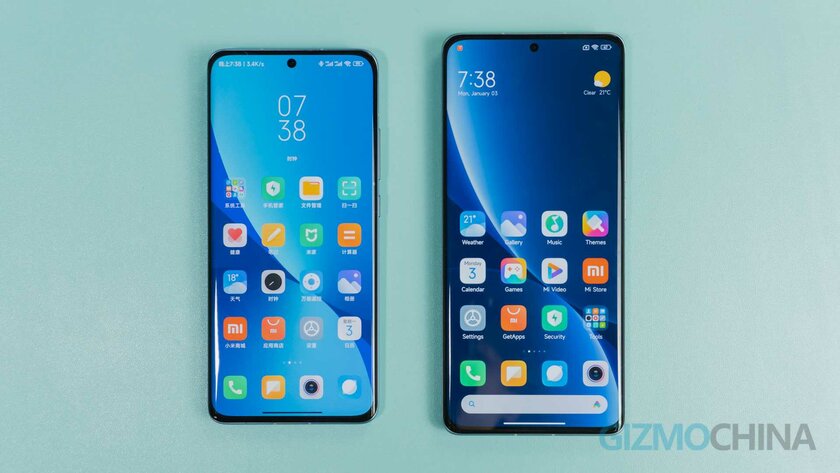
This inexplicable problem has long been known to Xiaomi users – enthusiasts even released third-party Xiaomi.eu firmware for global release devices based on Chinese MIUI assemblies (but over time it became even worse than MIUI Global).
Xiaomi can be forgiven a lot, but not everything
Some of the shortcomings of smartphones were the result of the peculiarities of Xiaomi’s business – for example, the short life cycle of budget models is justified by the release of a huge number of devices. And this can be forgiven (or at least understood), as well as belated updates and the release of clone smartphones.
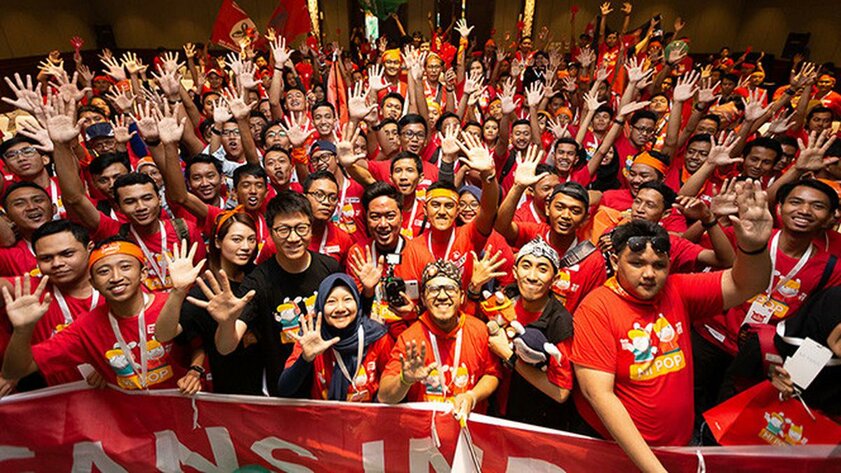
But artificial restrictions for sub-brand devices, although they are no different, are unlikely to be able to justify even the most devoted fans. This can be seen not only in MIUI itself in general, but also in the capabilities of the “Camera” in particular.
The difference between the global and Chinese firmware versions is a separate inexplicable issue. The company is investing in every possible way in the expansion of foreign markets for itself, but at the same time it does not bother to port the already developed MIUI China to devices outside of China. And this is very strange.
Source: Trash Box
Donald-43Westbrook, a distinguished contributor at worldstockmarket, is celebrated for his exceptional prowess in article writing. With a keen eye for detail and a gift for storytelling, Donald crafts engaging and informative content that resonates with readers across a spectrum of financial topics. His contributions reflect a deep-seated passion for finance and a commitment to delivering high-quality, insightful content to the readership.

